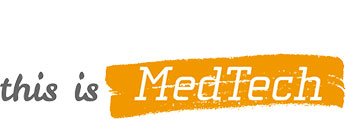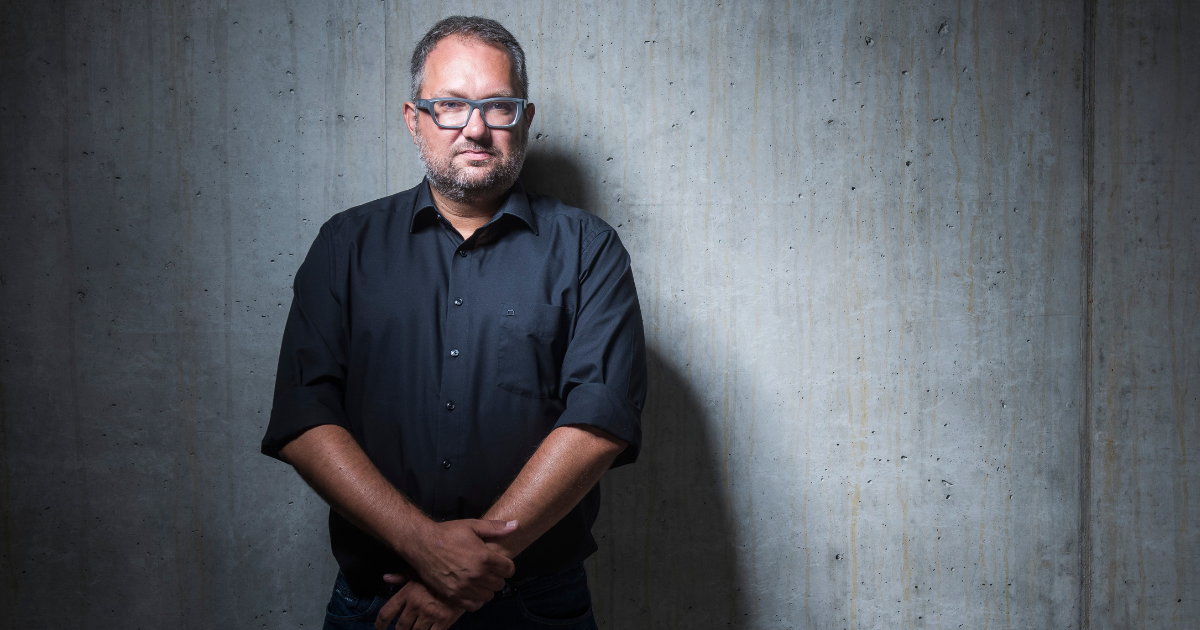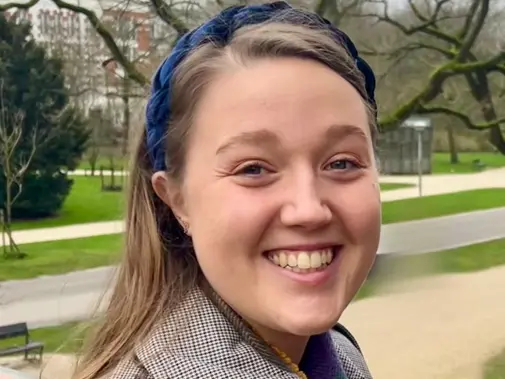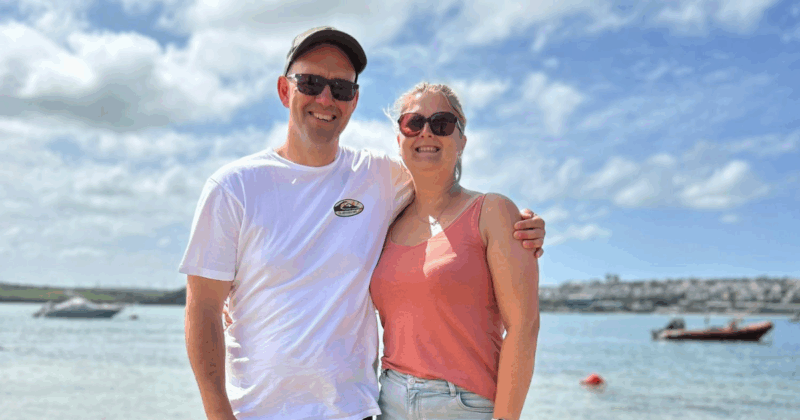Early in 2009, Tim Buckinx and his wife were confronted with an abrupt change in their family, specifically in their son’s daily life. Their son was suffering from epileptic seizures every 20 minutes, and at night, these would come with fierce nightmares. The family went into survival mode.
After many hospital stays, their son was finally diagnosed with ring chromosome 20 syndrome (r(20)). R(20) is a rare chromosomal disorder characterised by childhood onset drug-resistant epilepsy with multiple seizure types, typical electroencephalographic findings (EEG), mild to severe intellectual disability and behavioural problems.
Despite different anti-seizure medications, Tim’s son was still suffering from very frequent absence seizures and non-convulsive status epilepticus. People living with the condition experience the seizure as a full black-out, but for outsiders, they look like they are daydreaming, which makes it difficult for parents (and teachers) to report seizure occurrences and frequency to the neurologist.
During his many hospital stays, Tim would stare at the EEG monitor: “I noticed when looking at the EEG monitor that I didn’t need to ask him if he could hear me or not; my untrained eyes could see on the monitor that he was having a seizure.” This got Tim thinking. With solid experience leading international digital teams, Tim had closely followed the evolution of biosensors in consumer products and the opportunities they offer.











